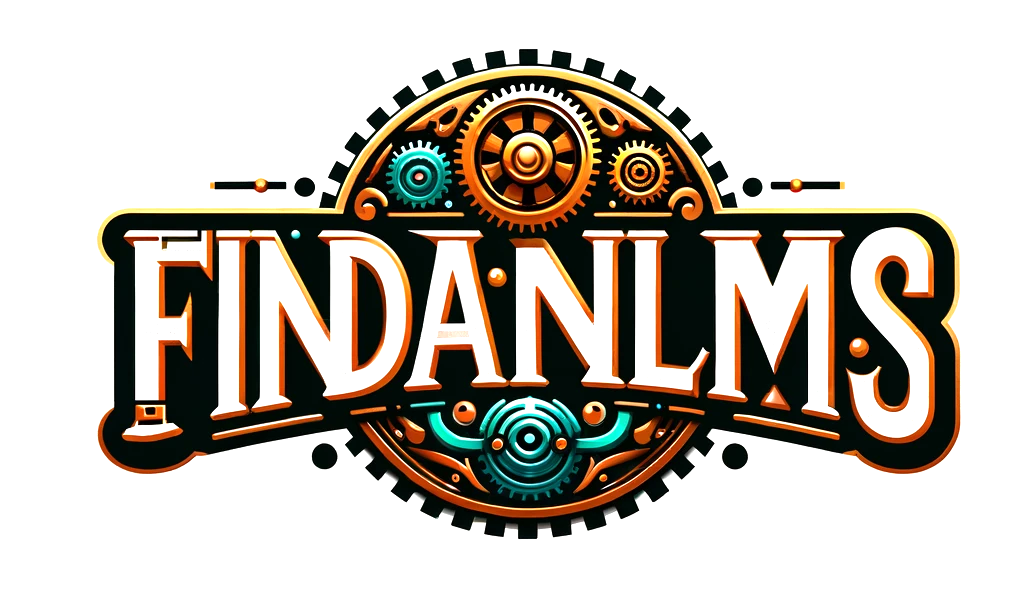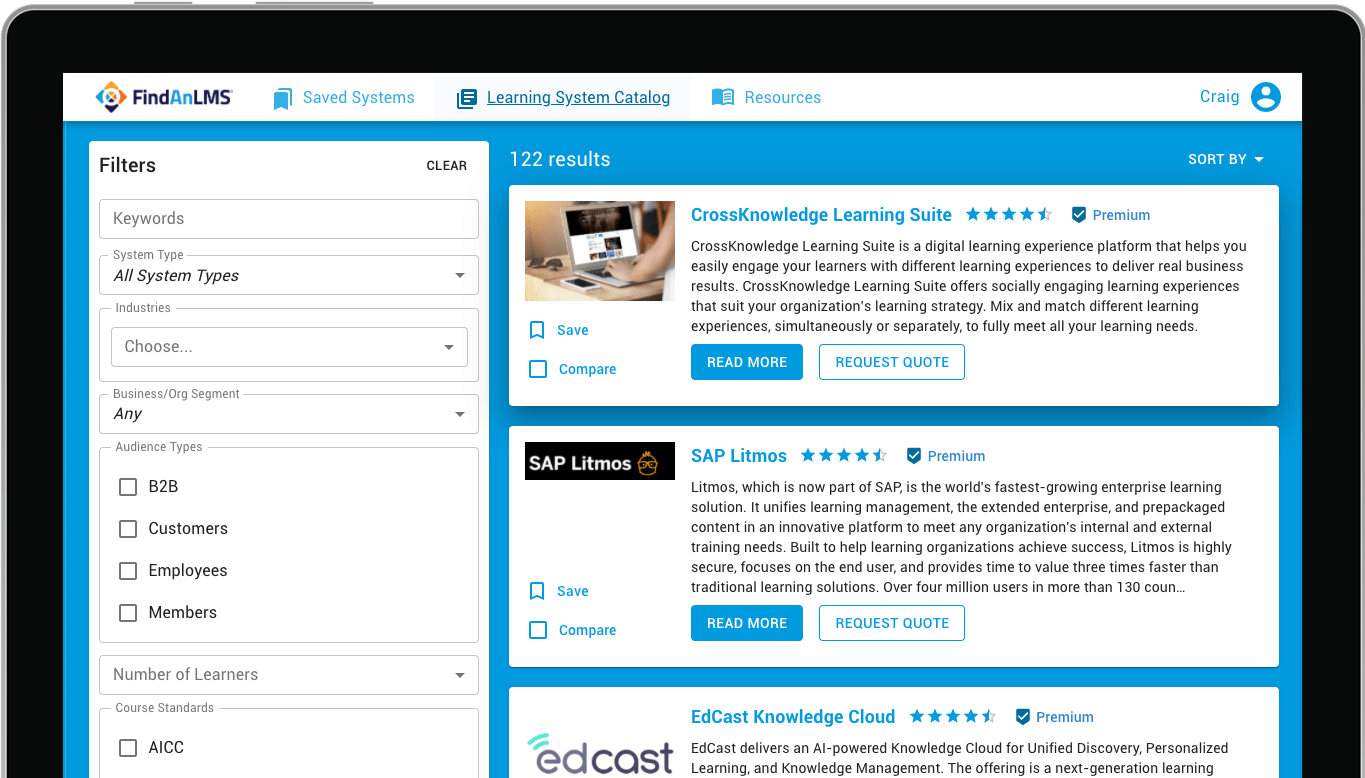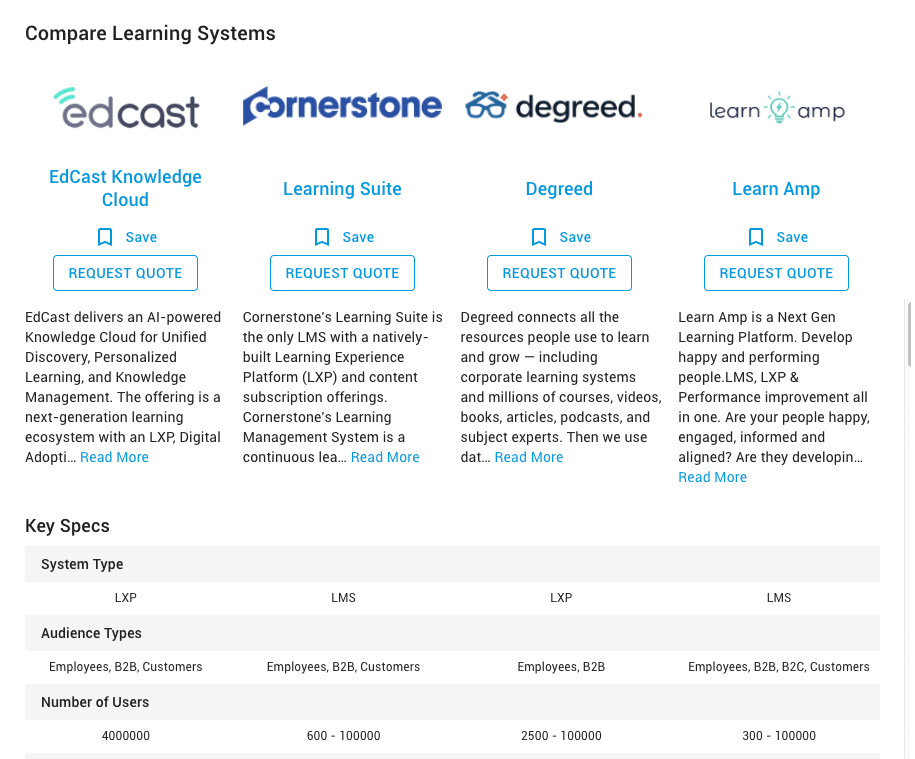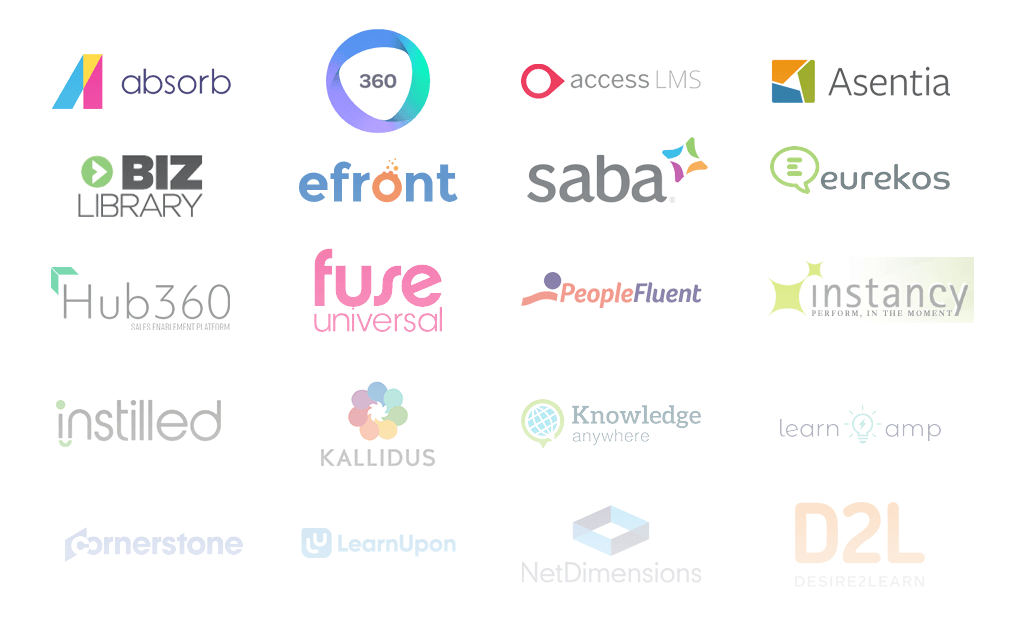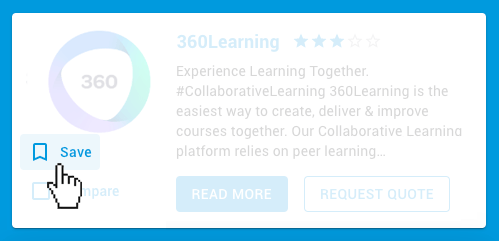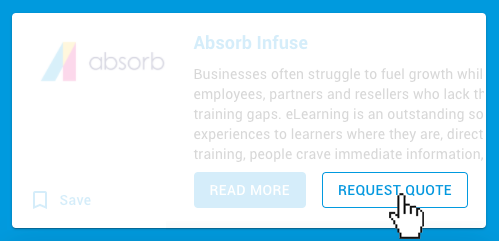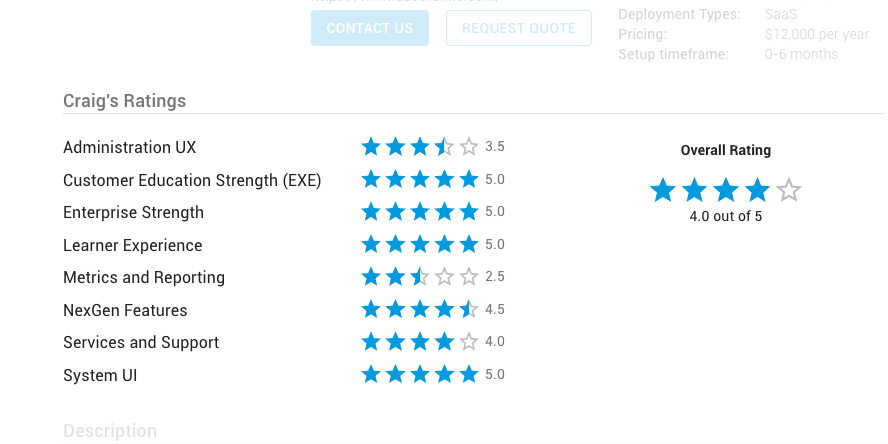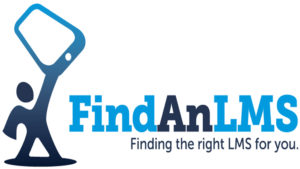What Are the Most Important Sales Enablement Tools in an LMS?
If your organization’s sales teams cannot convert leads into sales, your business will never generate the revenue it should, no matter how outstanding your product or service may be. The easy solution to this problem is by leveraging well-trained and productive sales teams, but acquiring such a team often isn’t simple. If you want to push your sales team (be they in-house employees, channel partners, or even retail partners) to its full potential, you’ll need proven sales enablement tools and a robust training program.
The good news is that sales enablement tools are becoming increasingly standard in a variety of learning management system (LMS) and learning experience platform (LXP) products, making it easier than ever before to teach your teams how to sell. Better yet, both LMS and LXP solutions can help facilitate sales enablement training at scale, helping your sales department develop the skills needed to close more deals. Perhaps most importantly, modern sales enablement software allows sales reps to access content wherever and whenever they like.
The bad news is that it can be challenging for the average person to find an LMS with the sales enablement tools that their business needs. Vendors like talking up their enablement tools, premium content, growth potential, and sales tools using complex jargon that doesn’t mean anything, giving you a headache when you just want the resources to train your team.
Seeking expert help is the best way to find the right sales engagement platform, and Craig Weiss has been a leading voice in the e-learning space for more than 20 years. Please continue reading to learn more about Weiss’s expertise and the importance of sales enablement software.
Why Trust Craig Weiss with My Sales Enablement Software Needs?
Having more choices is a good thing, but it can also feel overwhelming if you’re looking into sales enablement tools for the first time. Luckily, Craig Weiss can help you sort through all of the technical lingo and find a great sales enablement platform for your needs.
As founder and lead analyst of The Craig Weiss Group, Weiss is one of the most respected names in the LMS space. His predictions have proven over 90% accurate since 2009, and many vendors give him exclusive access to beta versions of and future updates to their sales enablement software. Furthermore, Weiss offers free content on the Craig Weiss Group blog read in more than 140 countries and the Learning Systems Library: a collection of trustworthy resources sourced from Weiss himself and third parties such as learning management system vendors.
Weiss also offers unbiased reviews of more than a hundred e-learning platforms on FindAnLMS.com, allowing average consumers to confidently compare different alternatives head-to-head. All you have to do is create a free account on FindAnLMS.com to get started
What Is a Sales Enablement Strategy?
Hubspot defines a sales enablement strategy as “the approach your business takes to provide sales (departments) with the resources they need to effectively sell.” It should be tailored to the specific needs of your business and include an analysis of the tools, resources, content, and information you provide to your sales reps.
Successful sales enablement training doesn’t happen by accident, so organizing your marketing efforts should be a top priority. Ask your sales teams what they think they need to generate more revenue and create content that addresses their concerns. If they think they need more information on each lead, your content might emphasize how to get it during a pitch. If your reps aren’t knowledgeable enough about your products and services, your content might focus on their features and benefits.
You might be tempted to look at course creation as an essential sales enablement tool, but Weiss argues that many organizations are better served by access to third-party content providers specializing in sales enablement. The lone exception is if your business offers exclusive products with few comparables.
You also need to remember that each member of your team has unique needs. For instance, a retail partner might benefit from content covering communications skills they can use on the sales floor, while a channel partner who conducts most of their business on the telephone should focus on that medium instead. Great sales enablement software will offer white-labeling, or the ability to show your sales teams only the content directly related to their needs. This shows reps that you value their time, making it easier to develop a solid working relationship.
While your sales reps are an important source of info, you shouldn’t lean on them exclusively. Your team may not be aware of a tool they could benefit from or not realize that high-pressure sales tactics may hurt more than they help. Similarly, you should ensure that your website and marketing efforts are aligned with the rest of your sales strategy to give potential customers an easy sales funnel to follow.
The Eight Most Important Sales Enablement Tools
There are tons of sales enablement tools available, many of which can make a real impact on your marketing endeavors. That said, it’s best to focus on top-rated tools first and gradually introduce more as your sales reps improve so you don’t overwhelm them with too many new things all at once. Here are eight essential sales enablement tools to look for when choosing an LMS:
Superlative Sales Content Management
There are multiple types of sales content, and it’s important to help your reps access the specific information they need for every type of lead quickly. A great course management system (or CMS) will allow you to sort sales enablement training courses by categories such as product details and customer success stories, helping learners find what they need easily. The best software also helps you monitor who is engaging with the sales content you provide and how they’re accessing it, making it easier to offer your team the enablement tools they need to reach their full potential.
You should also use a tool such as Google Analytics to identify how each prospective customer is finding you and which pieces of information influenced their purchase decisions, allowing your sales staff to leverage a proven example. You can compare the success of different promotional offers and identify the relative efficacy of print marketing versus TV advertising, for instance. Collecting trustworthy data also helps you determine pricing. The most important thing is to share your findings with your sales teams so they know how to pitch any potential client.
Video Coaching for Sales Teams
Video coaching, alternatively called Virtual Role-Play or VRP, is a great sales enablement training tool. You or one of your instructors can record a standardized prompt and ask each team member to respond to it, allowing you to see how they would approach a lead without the risk of souring a real-life potential relationship with a poor pitch.
Alternatively, sales enablement software often facilitates two-way communication, allowing you or an instructor to spend one-on-one time with reps to enhance their technique. You can then provide personalized feedback to correct any mistakes and refine their pitch.
Management doesn’t have to be directly involved in video coaching either. Reps can record their pitches and ask their colleagues for feedback, making it easier to share best practices throughout your sales team. Encouraging reps to communicate with one another also fosters a community around your brand and products, potentially inspiring team members to prioritize you over other items they might sell.
Automatic Sales Enablement Tools
The dirty little secret about sales is that sales professionals only spend a fraction of their time focusing on sales. The rest of their workday is filled with administrative tasks such as adding data to your CRM, writing emails, and thinking about how to format their next pitch.
Great sales enablement software can automate many of these functions to help your sales reps concentrate on their core competencies. For example, you could pin a step-by-step flow chart of your preferred sales funnel to your LMS’s message board so that sellers don’t have to think about going from Point A to Point B every time.
If you don’t directly employ your sales reps, you can also use software to automatically send notifications when you launch a new product or update your policies so that they always have access to the latest information when pitching a potential customer. This way, they know they can access fresh content right away.
Data-Tracking Tools Quantifying the Performance of Sales Reps
You have to measure how your LMS is impacting sales performance, which means looking at KPIs (or Key Performance Indicators) such as conversion rate, number of leads generated, how likely a given lead is to make a purchase, and how sales teams are approaching each lead. You also need metrics that connect your sales team to your organization’s marketing and content creation efforts, ensuring that everyone is working toward the same goals. Tracking this data is beyond the scope of most LMS solutions, but the top options offer integration with proven sales enablement tools such as Salesforce to make it easy to access.
Every LMS vendor will tell you that their platform tracks the data you’re looking for. However, many only offer rudimentary data points such as how often video content was viewed or course completion rates — and that data isn’t actionable and won’t improve your marketing. Instead, look for data segmentation tools that tell a story. You should have access to advanced data visualization tools highlighting not only the performance of your reps as a group but also each individual’s success rate. Similarly, you want to draw connections between specific pieces of content and landing a customer to increase the perceived value your sales resources provide.
Engaging Sales Enablement Software
Your sales enablement platform has to make sales enablement training engaging for your learners, especially if you’re not in a position to require your sales teams to access it. Gamification elements such as live leaderboards and badges and social learning opportunities can foster friendly competition among your sales reps, inspiring them to explore more content to stay ahead of their colleagues. Multimedia such as video and in-line assessments are another great way to encourage your team to pay attention to the material. Likewise, integrating educational materials into the tools that your team already uses every day can keep the info at the forefront of each learner’s mind.
Sales professionals are often busy people, and microlearning content is a fantastic way to show how much you value their time. Microlearning content is comparable to other types of sales enablement training except that it’s optimized for short 5-7 minute bursts, making it easy for reps to fit in their schedules. Many LMS vendors include microlearning in their list of features because it’s on trend, but Weiss argues that learning management systems have been capable of it since at least 1999.
Supremely Accessible Sales Materials
One aspect of sales enablement software that hasn’t been around since 1999 is accessibility, but rest assured that your sales teams expect to be able to access content on their terms. If your platform doesn’t have a dedicated mobile app with on/off synch, an offline mode, and optimization for smaller screens, you need a new platform. Mobile tools are essential for all forms of e-learning but especially for sales reps since they may not have access to the internet when pitching a potential customer.
Ideally, you also want a platform that helps all learners access your content even if they have sensory impairments. WCAG 2.0 (or Web Content Accessibility Guidelines) is the gold standard, and compliant LMS vendors prominently display their certification.
Access to a Robust Marketplace
While many people assume that course creation tools are among the most important features a platform could have, you may not know enough about sales to effectively train others regardless of the tools at your disposal. Instead, Weiss recommends looking for sales enablement systems that allow each user to either purchase sales courses or subscribe to a library instead of trying to create content independently.
If you must write courses, look for a platform with a drag-and-drop content creation interface to make it as easy as possible to share content with your sales reps. You might also want to look at e-commerce features such as payment methods and the availability of promotional offers if you decide to market your courses.
Custom Branding Makes Training Feel Like an Extension of Your Brand
White-labeling is an essential sales enablement tool if your want reps to take your content seriously. Customization lets your learners see the logos, colors, and overall brand experience of your business. This makes your content feel like something special straight from the source instead of a bland course available on any training site. Clear branding also helps foster unity between your sales reps worldwide.
However, it’s important to choose a platform offering true custom branding. Some learning management system vendors claim to offer custom branding but insist on throwing their own name into your domain and the fine print located at the bottom of the site, giving everything an amateur feel. Others charge way too much money per month for what should be seen as a basic service, especially if you need a lot of portals to accommodate the diverse needs of your team. Some vendors are guilty on both counts and everything starts getting crazy. Weiss recommends understanding exactly what you’re going to get before choosing a platform advertising custom branding.
Deliver the Content Your Sales Teams Need to Excel
The best marketing efforts in the world won’t amount to anything if your sales reps cannot sell, but the idea that effective reps have to be born is a myth. You can create effective sales teams by providing proven sales enablement content on an online platform with all of the features needed to train salespeople successfully.
The first step is finding a learning management system meeting the needs of your sales teams, whether that means remote access to content or the ability to practice their sales pitch. Then, you need to identify which sales enablement tools will be the most important for your business and ensure that your chosen platform has all of the features necessary to make the most of them. There are more sales enablement tools than those listed above, but these should be enough to get you started. Again, you can create a free account on FindAnLMS.com if you feel that you could benefit from Craig Weiss’s years of expertise in the e-learning industry. Why not take advantage and empower your sales team for success today?
